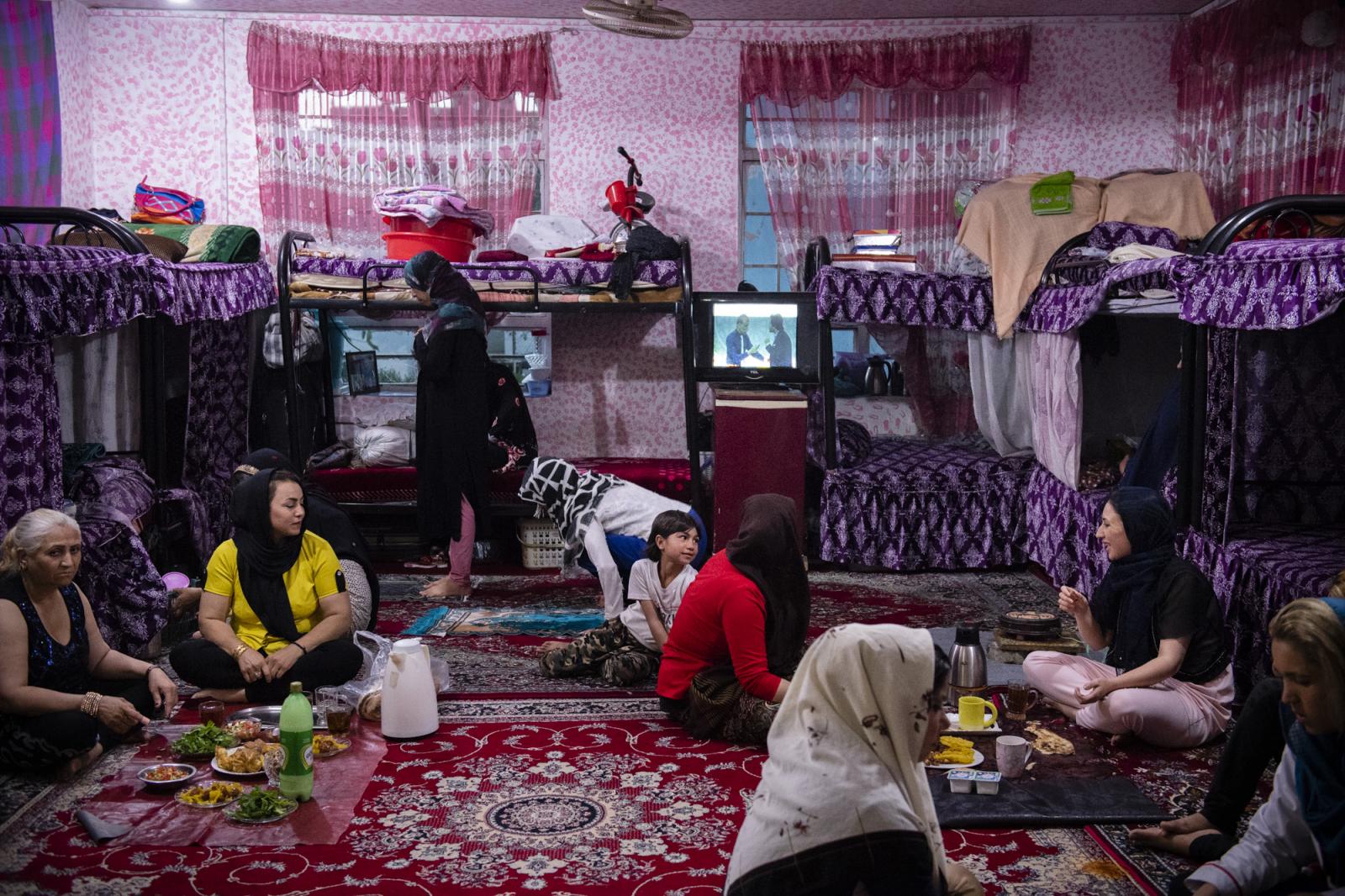Private Story
2020 IWMF Anja Niedringhaus Courage in Photojournalism Award
Born and partially raised in Iran, I was first introduced to photography in high school after immigrating to Canada with my family. The camera became an essential tool that enabled me to connect with my adopted home, while I learned the language. I left Canada in my last year of university and landed in Afghanistan with a magazine assignment in 2013. The following year, with the hopes of refining my understanding of this overly represented and complex place ravaged by war, I made a bold decision and moved to Kabul at the time when everyone else was moving away. This was eight months into a wave of perpetual violence, the same that took Anja away earlier that year, and a short month before foreign troops were due to pull out.
Over the past two decades, hundreds of visual stories have come out of Afghanistan, but largely, they have reinforced the same narrative of war, extremism, despair, and women in blue burqas. I came to Afghanistan and chose to stay to confront some of these stereotypical narratives. I quickly learned that my Iranian heritage and language skills allow me to blend in and give me access that most foreign journalists do not have.
While I have covered the front line and the dramatic events of the war on assignments, I stay behind when I can, to capture a different and alternative narrative of war. The consequence of a single narrative is that it robs people of dignity. It smears our recognition of equal humanity and it emphasizes on how we are different rather than how we are similar. Here in Kabul, much like other journalists, I face the same sources of frustration; the failed infrastructure, the failed corrupted government, and the failed peace process but I also encounter the incredibly resilient people who thrive despite the ongoing conflict.
My portfolio showcases some of the work I have produced in Afghanistan over the last six years I’ve been living here. Stories that have successfully proved to shift narratives. In my latest work for the New York Times magazine, I embedded myself inside a prison to tell the stories of women that found murdering their husbands as their only way out of abusive marriages. To my surprise, they found peace, freedom, and hope inside women's prison. But I’ve also met and photographed women that chose a different path and found their only way out of abusive marriages would be ending their lives. I’ve portrayed the Afghan youth that strived and pushed through cultural and political boundaries to live a life other than what is being imposed on them. I’ve told the story of single mothers and their plight to raise their children on their own in this patriarchal society that does not even recognize them. I have illustrated the beautiful story of an old Afghan poet who has been leading a Sufi sect in the same corner of the same library for more than 50 years, while governments toppled around him.
I am writing this application a short day after the signing of the historical agreement between the American envoy and the Taliban deputy. While the agreement is called a ‘peace deal’, it means nothing for Afghans but sinking further into darkness. The collective fear is that troops will leave, aid will leave, journalists will leave and they will be forgotten once again. Unlike many journalists that parachute themselves into places at the heat of events, I came to stay. I’m determined to tell stories that will reshape the narrative of America’s longest war.
Stories matter. Stories have been used to deprive and to disparage, but stories are also used to empower and to humanize. Stories can break the dignity of a people, but stories can also repair that broken dignity. This belief forms the core of my photography and stories I aim to tell. I aspire to contradict the political stand of our current governments and bridge the gaps by creating empathy and exchanging compassion. I also strongly believe in the power of education, in changing minds and opening them, even in small and subtle ways.
Courage comes in many shapes and forms. For me, courage is to stand out and swim against the tide.














